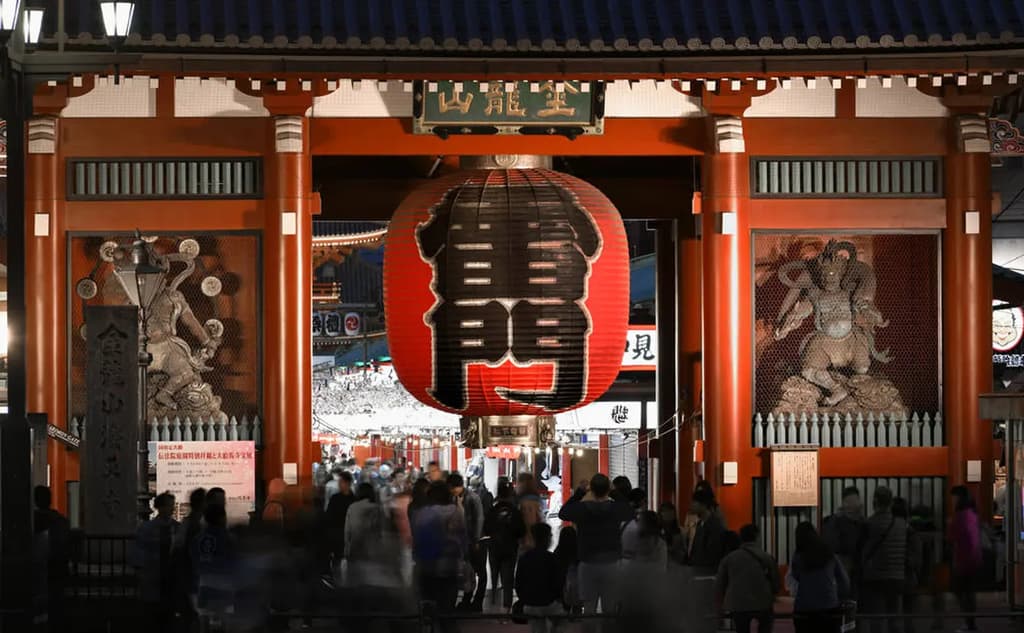If you are going to go sightseeing, you may want to incorporate into your itinerary things that can only be seen or experienced during that season. In this issue, we will introduce the weather, conditions, events, and recommended spots in January in Tokyo for those who are interested in such things!
To learn more about Tokyo in winter, check here!
Capture your memories in Tokyo! Click here to book your private photoshoot experience.
About Tokyo in January
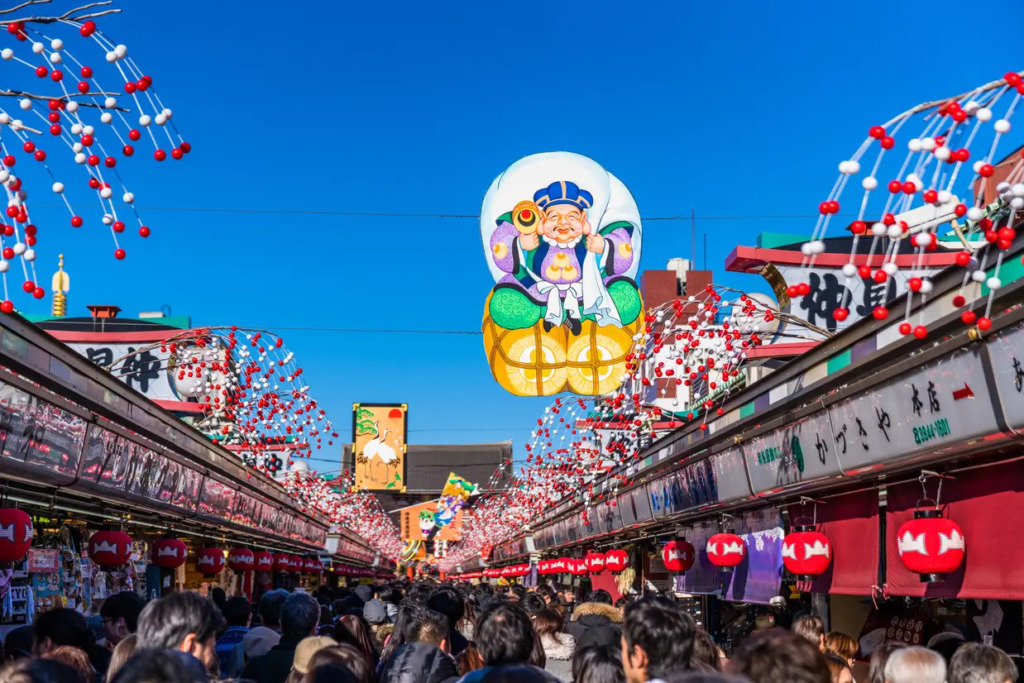
Weather
January is generally the middle month of winter in Japan and the coldest month in Tokyo. However, while some areas have deep snowfalls, winters in Tokyo are not severe by global standards, and snowfall itself is relatively rare. Nevertheless, the average January temperatures in Tokyo range from 2°C to 10°C, with wind chills and cool temperatures, especially in the mornings and evenings, so you will need to be prepared for the cold.
Events
There are several notable events in January. Many people visit shrines and temples for “hatsumode,” or New Year’s visits to celebrate the New Year. In addition, turning 18 is considered to be the age of adulthood in Japan. (*Since April 2022, the age of adulthood has been lowered from 20 to 18.) On the second Monday of every January, “coming-of-age ceremonies” are held at mainly public facilities throughout Japan to celebrate individuals reaching the new age of adulthood. New adults who attend the coming-of-age ceremony often wear suits for men and furisode (long-sleeved kimono) for women. So on the second Monday in January you may see many young people dressed up while traveling.
Travel
January is the month of New Year vacations, and many people spend the New Year’s holidays with their families and relatives, especially in their hometowns, so transportation systems and some tourist attractions and facilities will be quite crowded. Shrines and temples will be especially crowded as many people go for Hatsumode (New Year’s visit to shrines and temples). Although you need to pay attention to the year-end and New Year holidays for stores, you can enjoy winter charms such as illuminations that give a taste of winter at this time of year.
January Fashion
Warmth is the first priority when it comes to fashion in Tokyo in January. Items that will keep you warm such as heavy coats, down jackets, sweaters, scarves, gloves, and hats are essential. Indoors, the heat is often on, so layered clothing styles that are easy to put on and take off are recommended.
New Year Day in Japan
One of the biggest events in January is the New Year celebration! In Japan, there are several special traditional dishes eaten on New Year’s Day!
Osechi (おせち)

Osechi ryori (Osechi dish) is a classic New Year’s dish. Osechi ryori is a special traditional dish eaten while wishing for happiness and good health in the new year, and has been passed down as a good luck charm since ancient times. A special box called jubako is filled with a large number of delicacies made from luxurious ingredients. The reason for packing the food in a stacked box is to convey the message, “May good fortune overlap with good fortune.”
Each dish also has a symbolic meaning such as happiness, academic achievement, and longevity. It is a traditional Japanese way to celebrate the beginning of the New Year with family over Osechi dishes.
Ozoni (お雑煮)
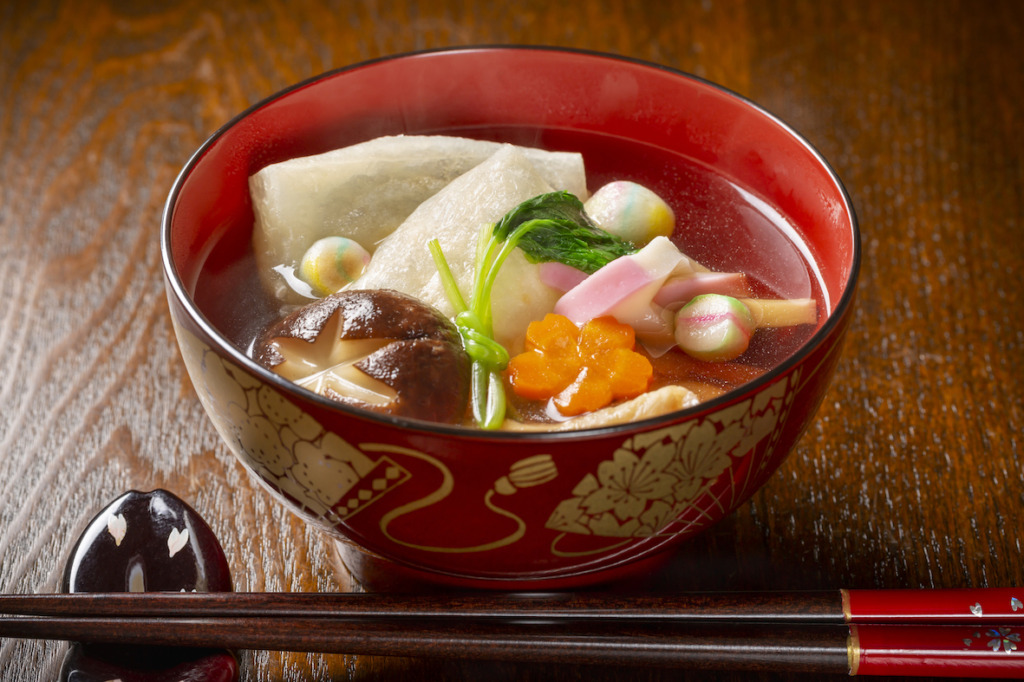
Ozoni is a traditional soup dish eaten on New Year’s Day in Japan, and along with osechi, is one of the foods that symbolize the Japanese New Year. The ingredients and broth differ from region to region, but the common thing is the inclusion of mochi, and a variety of other ingredients such as chicken, vegetables, and seaweed are used.
It has the meaning of receiving the blessings of the New Year gods. By eating ozoni, people in the past were thankful for the harvest of last year’s crops and prayed for happiness, a good harvest, and safety in the New Year, thus ozoni became deeply rooted in Japanese culture as an essential dish for the New Year.
Spot to pray for good fortune in the year ahead
“Hatsumode” is a traditional Japanese event in which many people visit shrines and temples to give thanks for the old year and make wishes for the new year. Every year, shrines and temples are crowded with many people at the beginning of the year.
Notes on Hatsumode
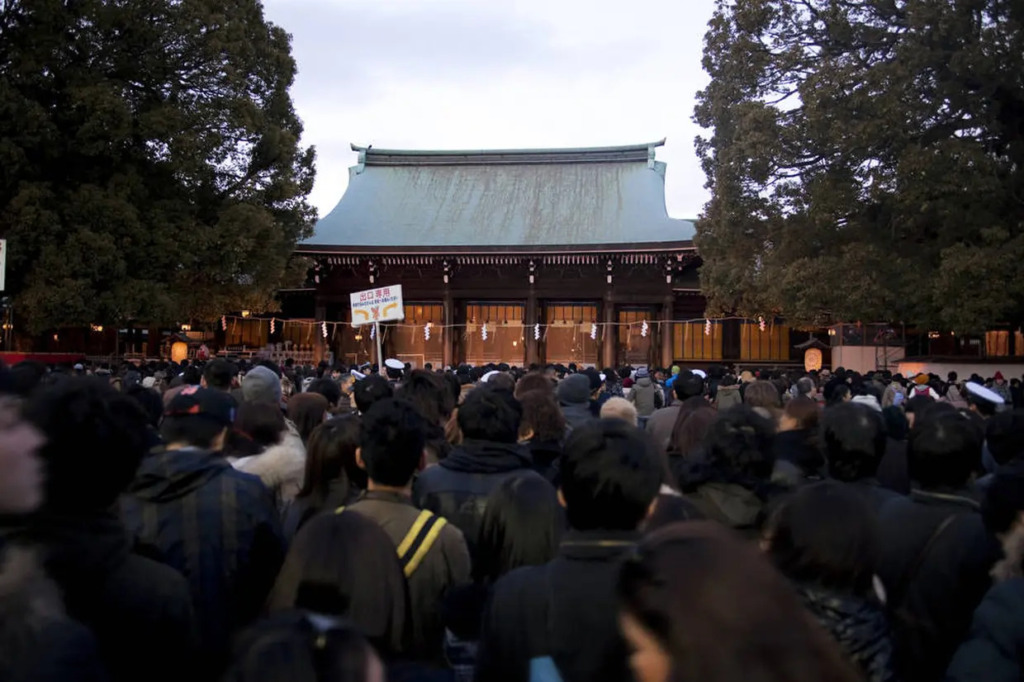
Be careful with your luggage in crowded places:
Although Japan is a safe country, it is still a good idea to take care of your belongings when you visit Hatsumode. Especially if you visit Hatsumode on the first three days of the New Year, the crowds will be so great that people will be crowded with each other. There is no guarantee that someone will try to pickpocket you in this crowd. Make sure to keep your bag tightly zipped and your backpack on your front, and take good care of your valuables.
Don’t bring extra baggage:
If you carry your baggage in crowded conditions, you will not only have difficulty moving around, but you will also be in the way of many people. It is best to carry as little baggage as possible and to arrive at Hatsumode with a light baggage allowance to make it easier to move around.
dress warmly:
Tokyo is expected to be quite cold during the year-end and New Year’s holidays. Furthermore, you will have to stand in long lines before you can pay your respects, so if you stand still, you will feel the cold even more keenly. Therefore, we recommend that you dress warmly for the New Year’s visit. It is recommended that you purchase a hot drink in advance to keep your body warm from the inside out. Remember to remove your hat, sunglasses, etc. only when you are praying.
Shift the date and time of the visit from the peak of the day:
It is recommended that you visit the shrine off peak season. Although it is difficult to say, especially on New Year’s Day from midnight to 3:00 a.m., this is the most crowded time, and after 4:00 a.m., the crowds tend to thin out, but often return around 7:00 a.m. In either case, expect to see crowds all day long. In any case, New Year’s Day is expected to be crowded throughout the day, so those who wish to avoid waiting in line are advised to adjust their schedule accordingly.
Meiji Jingu(明治神宮 )
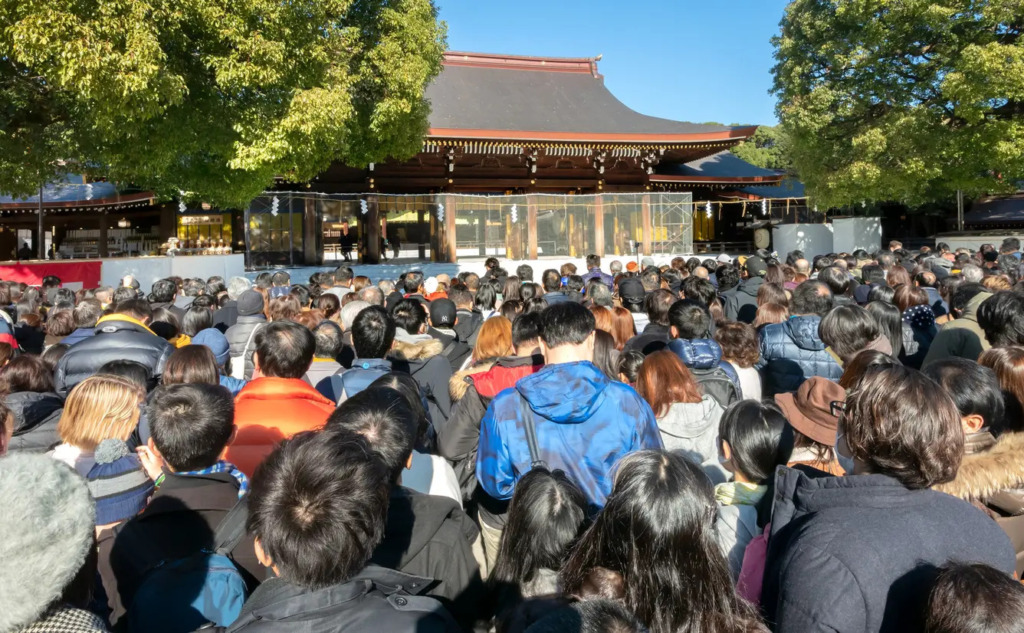
Meiji Jingu Shrine is talked about for the large number of people who visit the shrine every year for Hatsumode. The shrine does not close its gates at night from New Year’s Eve to New Year’s Day, so it is recommended for those who wish to pay their first visit early in the morning on New Year’s Day. Access from Harajuku and Yoyogi Stations is easy, so you can easily visit the shrine if you avoid the crowded days.
Senso-ji Temple(浅草寺)

Although extremely crowded every year, it is a place of Hatsumode that should be experienced at least once to commemorate the occasion in Tokyo. Many people spend the whole day at Senso-ji Temple, from the temple bell to the countdown and then to Hatsumode. The crowds ease up after three days, so please choose the right day to visit.
Enjoy shopping from the beginning of the year!
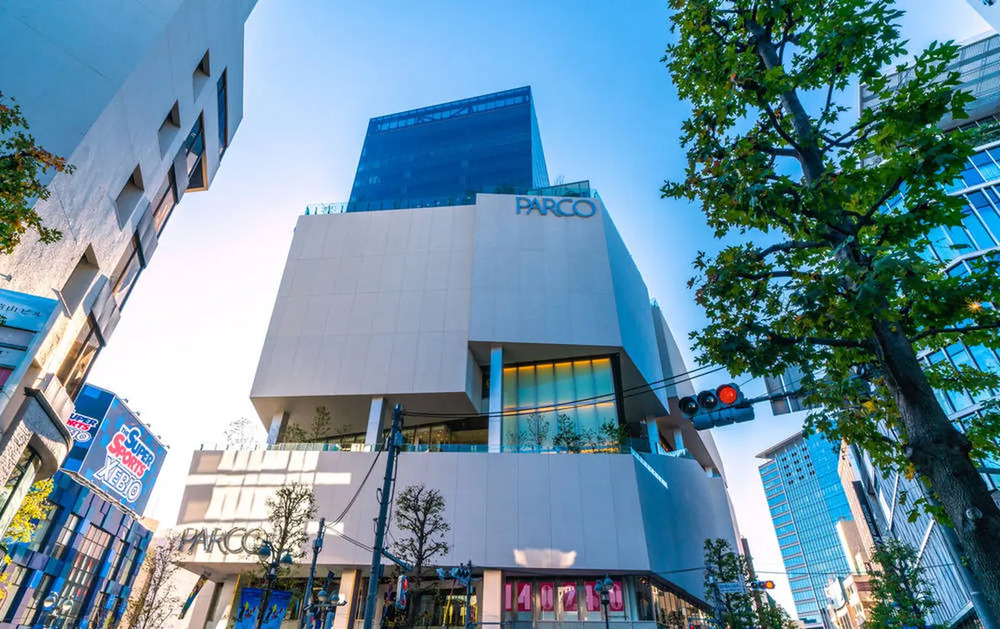
At the beginning of the year, various stores sell “fukubukuro,” or surprise bags filled with a random and variety of items at bargain prices. The contents include clothing, accessories, food, miscellaneous goods, etc. Buying a fukubukuro at the beginning of the year has become one of the most popular ways to enjoy the season. In most cases, the contents are not known until after the purchase, so the excitement of opening the package can be enjoyed. Popular fukubukuro in particular may require reservations or sell out quickly after they go on sale, so it is recommended that you check the information in advance if there is something you want.
Besides, many shopping malls and department stores hold winter sales for a limited time around the beginning of January. Tokyo is especially rich in department stores and commercial facilities, so you can enjoy shopping early in the New Year ✨
Recommended Shopping Facilities
Shibuya PARCO (渋谷パルコ)
GINZA SIX(銀座シックス)
Check out other shopping facilities in Tokyo!
Perfect for cold winter days! Enjoy Hot-Pot meals
Japanese nabe (hot pot) cuisine is a warm dish perfect for the cold winter season. There are a variety of types, each with different characteristics depending on the region and household. Typical examples include sukiyaki, shabu-shabu, oden and so on. These nabe dishes are made by simmering various ingredients such as vegetables, meat, and seafood in a broth and eating them with family and friends to warm the body and enjoy communication. They are an indispensable part of the Japanese winter table.
Chanko Nabe (ちゃんこ鍋)
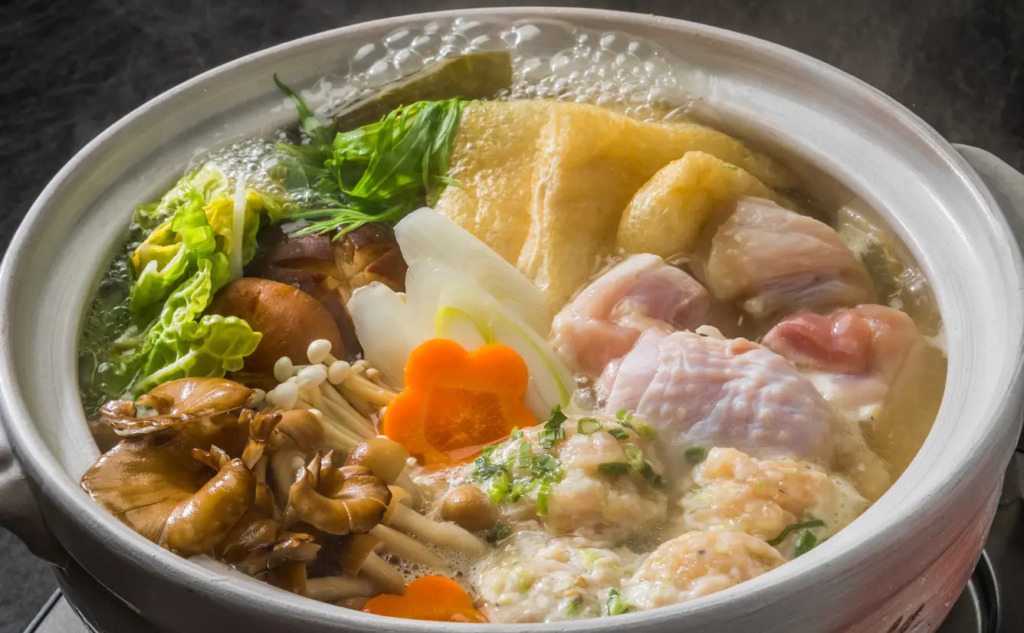
Among the many nabe dishes available, chanko-nabe is a must-try during your visit to Tokyo. Chanko-nabe is a local cuisine born in Tokyo and is a nabe dish that offers a well-balanced taste of meat, fish, and vegetables with a gentle flavor and rich nutrition. Try it when you visit Tokyo in winter.
To learn more about chanko-nabe, click here!
For those who want to know more about Tokyo
Capture your memories in Tokyo! Click here to book your private photoshoot experience.
